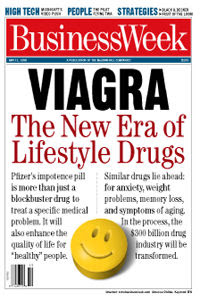Listen up, cokeheads–we know when you said you’d give your left ear for another bump you didn’t mean it literally! But junkies in New York and Los Angeles are doing just that: The U.S. Drug Enforcement Agency reports that 82% of street cocaine is laced with the veterinary drug levamisole, which is used to deworm cattle, pigs, sheep…and now junkies.
Levamisole can can also rot the skin off noses, ears and cheeks, doctors says. Multiple cases of rotted flesh have already been reported. Eeeeww….
Dealers usually cut the coke with baking soda, but may have turned to the veterinary drug as a way to extend the coke high (studies in rats suggest the drug acts on the same brain receptors as cocaine). More high, more sales. But bad for the health: Reports of rotted flesh in the left and right coast’s two biggest cities abound. Anything for another line…here take my nose. One doctor reported seeing a man whose entire body was black with dying flesh.
Some users seem to be immune, but others no such luck. some doctors are comparing the flesh eating effects, and the suppression of white blood cell formation eerily similar to AIDS (Hmmm, seems like somebody has said drugs/AIDS in the same breath before).
“It’s a little bit like having HIV,” said Dr. Noah Craft, a dermatologist with Los Angeles Biomedical Research Institute in an ABC article. “About 10 percent of those patients will die from severe infections. They may be walking around like a time bomb.”
 Dr. Craft believes the problem must be nationwide and we just aren’t seeing the full ramifications yet.
Dr. Craft believes the problem must be nationwide and we just aren’t seeing the full ramifications yet.
The good news: Once levamisole is cleared from the body, the wounds do heal, leaving behind a shiny scar. Phew. And on to another day.
Just reminds me of one thing: Whether street powder or pharmaceutical crank (think Ritalin, Adderall), drug dealers don’t give F&*# about their customers. Freakin’ weird.

















